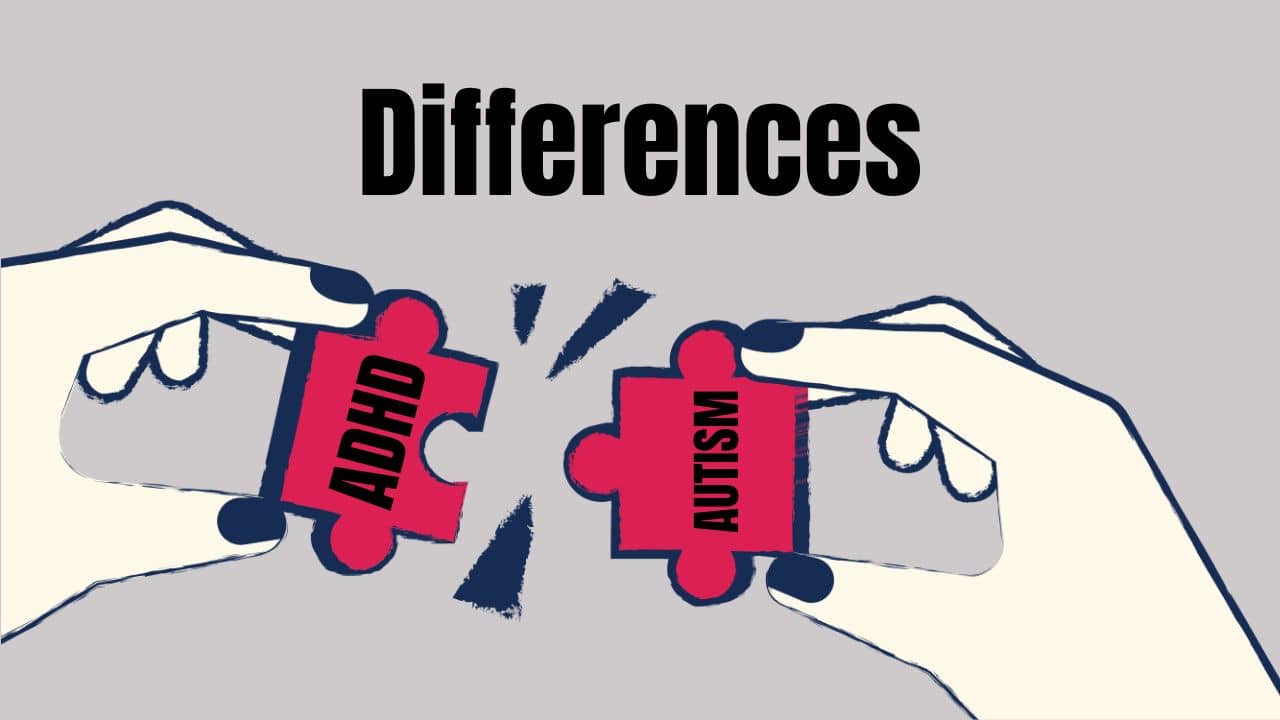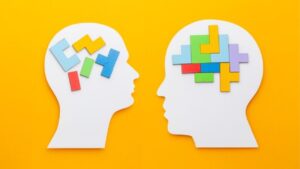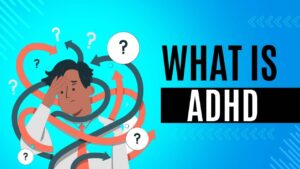Attention Deficit Hyperactivity Disorder (ADHD) and Autism Spectrum Disorder (ASD) are two neurodevelopmental disorders that, while distinct, often exhibit overlapping characteristics. In this comprehensive guide, we delve into the intricacies of ADHD and its relationship with autism, exploring symptoms, diagnosis, treatment options, and the impact on daily life. This article aims to provide a detailed overview for parents, educators, and individuals navigating these conditions.
What is ADHD?
ADHD is a neurodevelopmental disorder characterized by symptoms of inattention, hyperactivity, and impulsivity. These symptoms can affect various aspects of life, including academic performance, work efficiency, and social interactions.
Symptoms of ADHD
ADHD symptoms are categorized into three primary types: inattentive, hyperactive-impulsive, and combined presentation.
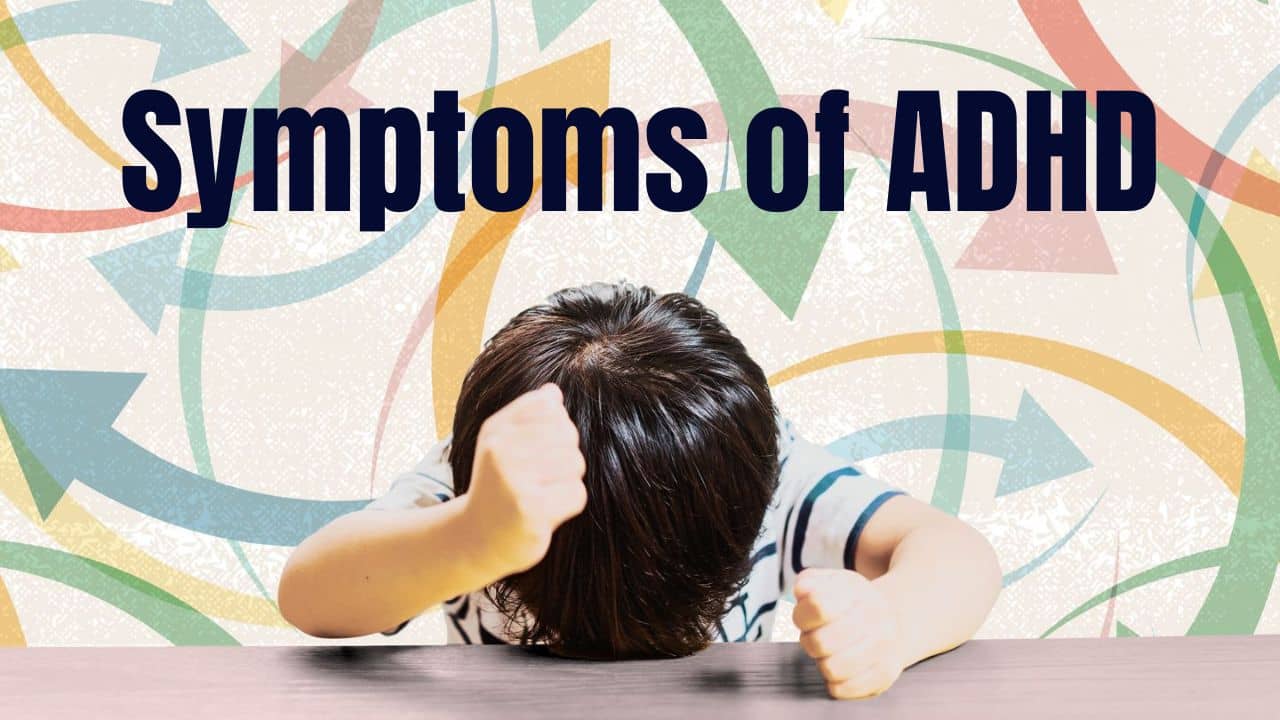
1. Inattentive Type:
- Difficulty sustaining attention
- Frequent careless mistakes
- Avoidance of tasks requiring sustained mental effort
- Easily distracted
- Forgetfulness in daily activities
2. Hyperactive-Impulsive Type:
- Fidgeting or tapping hands and feet
- Inability to stay seated
- Running or climbing in inappropriate situations
- Excessive talking
- Interrupting others
3. Combined Type:
A combination of inattentive and hyperactive-impulsive symptoms
Understanding Autism Spectrum Disorder (ASD)
Autism, or Autism Spectrum Disorder (ASD), is a developmental disorder that affects communication, behavior, and social interaction. The term “spectrum” reflects the wide range of symptoms and severity.

Symptoms of Autism
ASD symptoms vary widely but generally fall into two categories: social communication challenges and restricted, repetitive behaviors.
1. Social Communication Challenges:
- Difficulty with verbal and nonverbal communication
- Problems with understanding and maintaining relationships
- Limited eye contact or facial expressions
2. Restricted and Repetitive Behaviors:
- Repetitive movements or speech (echolalia)
- Inflexibility with routines or rituals
- Intense focus on specific interests
- Sensory sensitivities (e.g., aversion to loud noises)
The Intersection of ADHD and Autism
While ADHD and ASD are distinct conditions, they often co-occur. Research indicates that individuals with ADHD are more likely to exhibit autistic traits and vice versa. This overlap can complicate diagnosis and treatment but also highlights the need for a nuanced understanding of each condition.

Similarities Between ADHD and Autism
Executive Functioning Deficits: Both ADHD and ASD can involve challenges with executive functions, including planning, organizing, and task management.
Social Interaction Difficulties: Individuals with either condition may struggle with social skills, though the nature of these struggles can differ.
Sensory Processing Issues: Both disorders can include atypical responses to sensory stimuli.
Differences Between ADHD and Autism
Attention Focus: ADHD often involves difficulty maintaining attention, while ASD may involve intense focus on specific interests.
Social Motivation: Individuals with ADHD may be socially motivated but struggle with impulsivity and attentiveness, whereas those with ASD may have less interest in social interactions.

Diagnosing ADHD and Autism
Diagnostic Process for ADHD
Diagnosis typically involves a comprehensive evaluation, including:
- Clinical interviews
- Behavioral assessments
- Input from teachers or caregivers
- ADHD-specific rating scales
Diagnostic Process for Autism
Autism diagnosis involves:
- Developmental screening
- Comprehensive diagnostic evaluation
- Autism-specific behavioral evaluations
- Medical and family history reviews
Dual Diagnosis Challenges
Diagnosing co-occurring ADHD and ASD can be challenging due to overlapping symptoms. It requires careful differentiation by specialists through detailed behavioral assessments and history.
Treatment Options for ADHD and Autism
ADHD Treatment
1. Medication:
- Stimulants (e.g., methylphenidate, amphetamines)
- Non-stimulants (e.g., atomoxetine, guanfacine)
2. Behavioral Therapy:
- Cognitive Behavioral Therapy (CBT)
- Parent training in behavior management
3. Educational Interventions:
- Individualized Education Plans (IEPs)
- Classroom accommodations
Autism Treatment
1. Behavioral Interventions:
- Applied Behavior Analysis (ABA)
- Social skills training
2. Speech and Occupational Therapy:
- Improving communication skills
- Enhancing daily living skills
3. Educational Supports:
- Special education services
- Tailored learning strategies
Combined Treatment Approaches
For individuals with both ADHD and ASD, a multidisciplinary approach is crucial. Treatment plans may include a combination of the above strategies tailored to individual needs, often coordinated by a team of specialists.
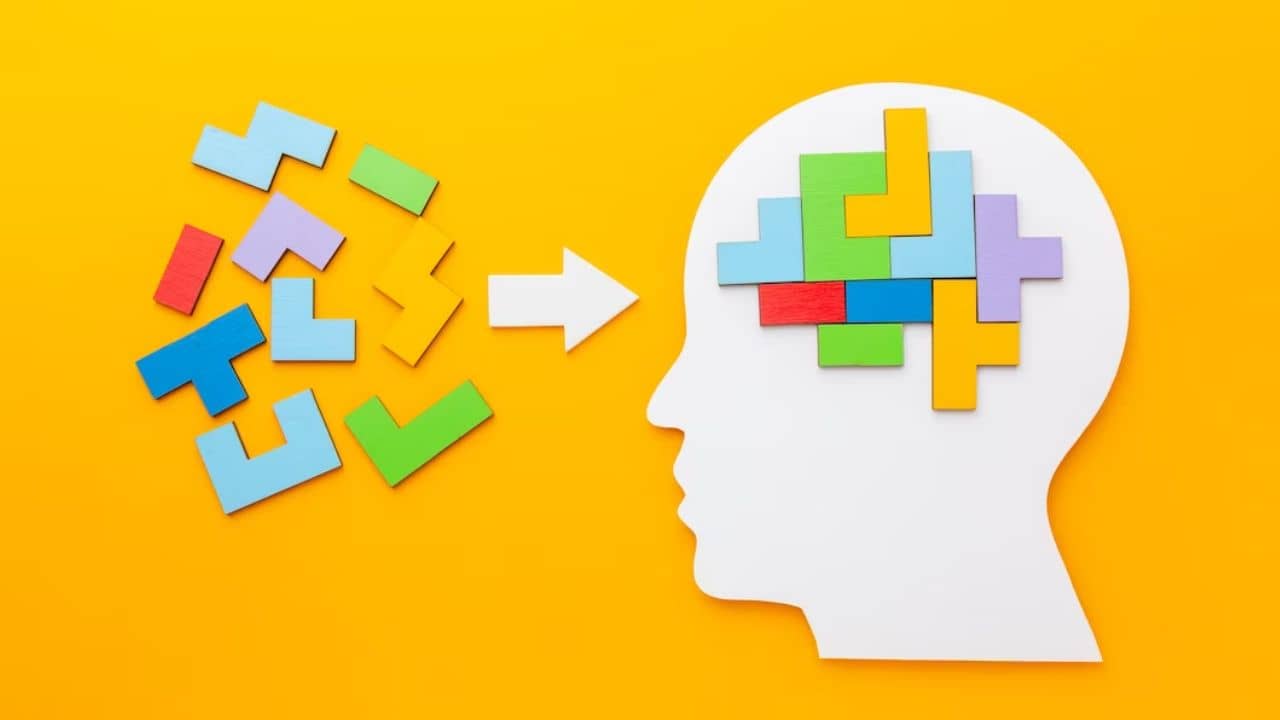
Living with ADHD and Autism
Impact on Daily Life
- Both ADHD and ASD can significantly impact daily life. Challenges may include:
- Managing time and staying organized
- Navigating social interactions
- Coping with sensory sensitivities
- Maintaining academic and occupational performance
Strategies for Success
- Structure and Routine: Establishing predictable routines can help manage symptoms.
- Support Networks: Building a strong support network of family, friends, and professionals is vital.
- Self-Advocacy: Learning to advocate for oneself in educational, professional, and social settings can enhance independence and confidence.
Resources and Support
Numerous resources are available for individuals with ADHD and ASD and their families:
- National and local support groups
- Educational workshops and seminars
- Online communities and forums
Differences Between ADHD and Autism
| Aspect | ADHD | Autism (ASD) |
| Core Symptoms | Inattention, hyperactivity, impulsivity | Social communication challenges, restricted and repetitive behaviors |
| Attention Focus | Difficulty maintaining attention | Intense focus on specific interests |
| Social Motivation | Socially motivated but struggles with impulsivity and attentiveness | Less interest in social interactions, difficulty understanding social cues |
| Communication | May interrupt or talk excessively | May have delayed speech, limited eye contact, and difficulty with nonverbal communication |
| Behavior | Often impulsive, difficulty sitting still | Repetitive movements, strict adherence to routines |
| Sensory Processing | Often over- or under-reactive to sensory input | Often has significant sensory sensitivities |
| Executive Functioning | Deficits in planning, organizing, task management | Deficits in planning, organizing, may focus intensely on narrow interests |
| Diagnosis Age | Typically diagnosed in early childhood or school-age | Can be diagnosed in early childhood, but some high-functioning individuals are diagnosed later |
| Emotional Regulation | Frequent mood swings, frustration, and difficulty managing emotions | May have difficulty understanding and expressing emotions appropriately |
| Social Interactions | May have social difficulties due to impulsivity | May have difficulty forming and maintaining relationships due to lack of social understanding |
| Comorbid Conditions | Anxiety, depression, learning disabilities | Intellectual disability, anxiety, epilepsy, ADHD |
| Treatment | Stimulant and non-stimulant medications, behavioral therapy, educational interventions | Behavioral interventions (e.g., ABA), speech and occupational therapy, educational supports |
| Flexibility | Often disorganized and struggles with transitions | Prefers routines, may become very distressed by changes |
| Academic Performance | Often struggles with staying on task, completing assignments | May excel in certain subjects while struggling in others due to narrow interests or learning challenges |
| Social Skills | May be overly talkative, interrupt others | May have difficulty understanding social norms, making and keeping friends |
This table highlights the key differences between ADHD and autism, providing a clear comparison of their distinct and overlapping features.
Conclusion
ADHD and autism, while distinct, share many overlapping features that can complicate diagnosis and treatment. Understanding these conditions’ unique and shared characteristics is crucial for effective management and support. With the right interventions and support systems, individuals with ADHD and ASD can lead fulfilling, productive lives.

